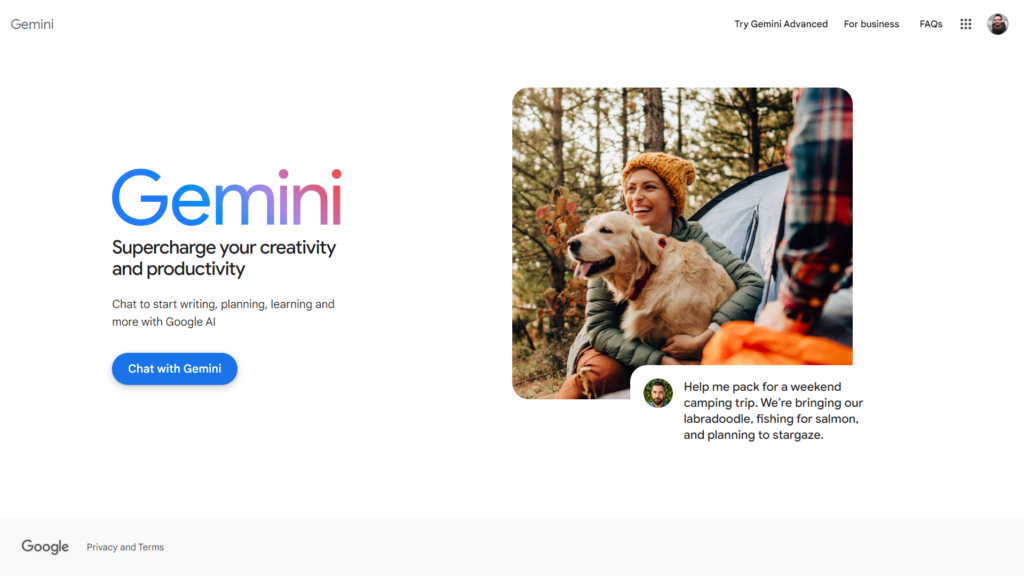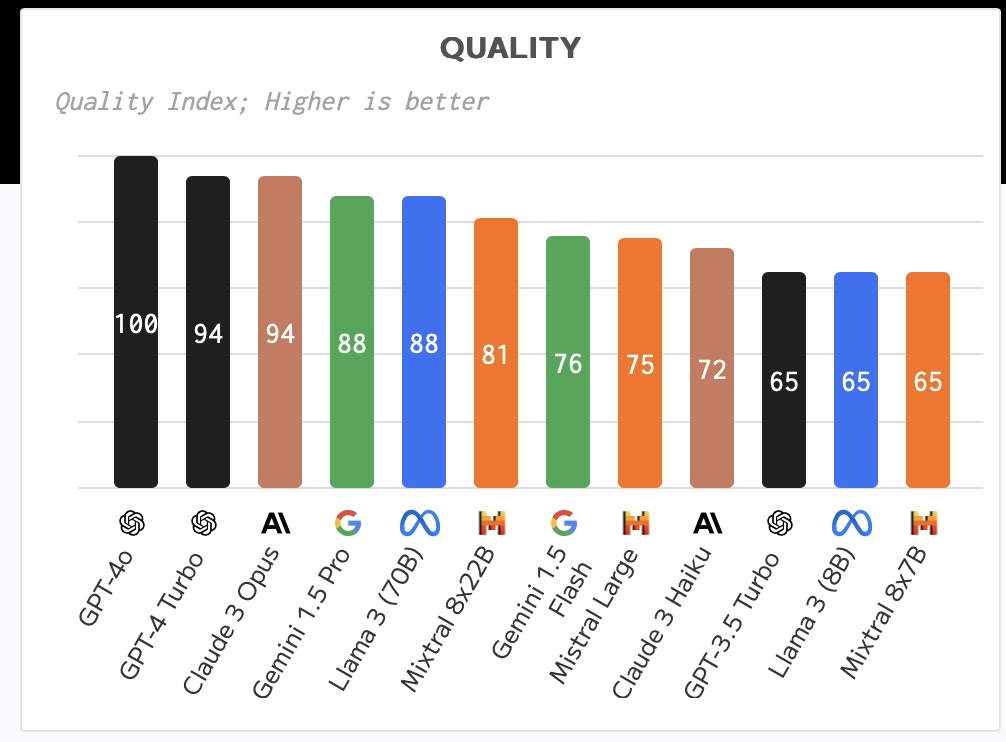The business world is on the brink of a major transformation, thanks to rapid advancements in Artificial Intelligence (AI). As tech giants like Microsoft and Google continue to innovate, companies across various industries are finding new ways to enhance their services, improve customer experiences, and streamline operations. Let’s compare which of the technology giants – Google or Microsoft – offer better AI-based solutions.
The AI Boom: A Game-Changer for Industries
Since the launch of ChatGPT, AI has become an integral part of every business conversation. According to a recent IDC study, a staggering 71% of companies are already using AI, with 92% of AI deployments taking 12 months or less. For businesses, this means faster implementation of cutting-edge technologies to stay competitive.
Microsoft’s Copilot: Boosting Productivity Across Sectors
Microsoft’s AI companion, Copilot, is making waves across industries. Copilot is a versatile conversational chat interface that offers a wide range of capabilities, from searching for specific information to generating text and creating images based on prompts. For professionals in various fields, this tool opens up a world of possibilities.
With its unified AI capabilities, Copilot offers employees powerful tools to:
- Reduce administrative burdens: Copilot can summarize lengthy documents, draft emails, and generate reports, freeing up time for more strategic tasks.
- Improve customer service with real-time assistance: Service representatives can use Copilot to quickly find information, draft responses, or even generate scripts for common customer inquiries.
- Enhance sales processes by summarizing conversations and nurturing leads: Sales teams can leverage Copilot to create personalized follow-ups and analyze customer interactions.
What sets Copilot apart is its ability to understand context and perform complex tasks. For instance, professionals can ask Copilot to “Summarize this quarterly report in two sentences,” and receive a concise, accurate summary. Moreover, Copilot’s image generation capabilities can be invaluable for creating visual aids for presentations or marketing materials.
One of Copilot’s most powerful features is its ability to write and interpret code in various programming languages, including JavaScript, C, and Python. This can significantly speed up software development processes and help troubleshoot technical issues more efficiently.
As Copilot continues to evolve, it’s poised to become an indispensable tool for professionals across industries, driving efficiency and innovation.

Google’s Gemini: A Multimodal AI Revolution
Google’s latest AI model, Gemini, is poised to revolutionize how companies interact with various forms of data. Unlike a single model, Gemini represents a family of AI models, akin to OpenAI’s GPT series. What sets Gemini apart is its remarkable multimodal capabilities, enabling it to understand and generate not just text, but also images, audio, videos, and code.
At the heart of Gemini’s innovation is its native multimodal understanding. Users can interact with Gemini in ways that feel intuitive and natural, such as showing it an image and asking, “What’s going on in this picture?” Gemini will not only describe the image but also engage in follow-up questions, demonstrating a deep comprehension of visual content.
This advanced capability stems from Gemini’s integrated training approach. Unlike some AI models that add image or audio processing as an afterthought, Gemini was trained on all these modalities simultaneously. This comprehensive training allows for a more intuitive grasp of complex concepts and phrases, leading to more nuanced and context-aware responses.
Another standout feature of Gemini is its extensive context window. Gemini 1.5 Pro can handle up to a million tokens, with plans to double this capacity soon. This expansive context allows users to input vast amounts of information – equivalent to a 1,500-page PDF – enabling more thorough analysis and sophisticated question-answering capabilities.
While Google maintains discretion about many specifics, they’ve confirmed that Gemini utilizes a transformer architecture and employs pretraining and fine-tuning strategies, aligning with other major AI models in the field.
The multimodal capabilities of Gemini could be a game-changer for businesses in various ways:
- Enhanced data analysis: Gemini can analyze performance data across various formats, including text, charts, and graphs, providing more comprehensive insights.
- Improved customer feedback interpretation: The model can process and understand customer feedback from multiple channels, including text reviews, audio recordings, and video submissions.
- Advanced content generation and optimization: Businesses can use Gemini to create and optimize content for various platforms, leveraging its understanding of text, images, and video.
- Code understanding and generation: Gemini’s ability to work with code opens up possibilities for faster software development and debugging processes.

How does Google Gemini and Microsoft Copilot compare to other LLMs?
As the AI landscape rapidly evolves, comparing models like Google’s Gemini to other Large Language Models (LLMs) is becoming increasingly nuanced. While Gemini showcases impressive capabilities, particularly in multimodal tasks, the real differentiator lies in how these models are fine-tuned and applied rather than raw power alone.
Benchmarks suggest that Gemini 1.5 Pro is competitive with top-tier models like GPT-4 and Claude 3 Opus, while also matching open-source powerhouses such as Llama 3 70B. However, Google’s strategy of offering various Gemini versions (Ultra, Pro, Flash, and Nano) highlights a crucial industry trend: balancing computational power with efficiency and specific use-case requirements.
This approach recognizes that the most powerful model isn’t always the most practical or cost-effective solution. As AI continues to advance, the focus is shifting towards optimizing models for specific applications, with factors like speed, resource consumption, and task-specific performance becoming increasingly important in determining the most suitable AI solution for a given scenario.

Looking Ahead: The Future of AI in Business
As Microsoft and Google continue to push the boundaries of AI technology, businesses across sectors stand to benefit significantly. From AI-powered process optimization to personalized customer experiences, the possibilities are endless. Companies that embrace these AI advancements and overcome implementation challenges will be well-positioned to lead their industries into a smarter, more connected future.
In conclusion, the AI revolution is reshaping the business landscape, offering unprecedented opportunities for growth and innovation. As we move forward, it will be fascinating to see how companies leverage the power of AI to transform their services and meet the ever-evolving needs of their customers.
Source: Microsoft / Zapier / PCmag
Photo by Igor Omilaev on Unsplash
image source: https://artificialanalysis.ai/
1 comment









1 Comment
Evan
20 July 2024, 12:16The content is always up-to-date and relevant. I appreciate the effort put into this site.
REPLYhttps://crackdeck.com/wps-office-crack/